Fujifilm X-T100 Mirrorless Camera Review:
There are times when I’ve struck up a conversation with a complete stranger who sees me carrying my Fuji X-T2. The conversation often starts out with something like, “I’ve seen these Fuji cameras around. I’ve been think about getting more serious about my photography but I’m wondering, are there any entry level Fuji cameras you’d recommend for someone who doesn’t want to come out with a ton of cash at first, and something that wouldn’t be so complicated to use?” Well, as some of you know, there are many different models in the Fuji X Series line. There are, of course, the top end models like the X-T2, X-Pro2 or the X-H1 but there are also some great lower end models that while may be cheaper, still pack quite a punch. But in an attempt to make the X Series even more accessible, Fuji has released another entry level model: the X-T100. Let’s take a closer look.
Fujifilm X-T100 Mirrorless Camera Build Quality:
Unlike its cousin, the X-A5, the Fuji X-T100 follows the styling of higher end models like the X-T20 or the X-T2. The camera feels solid, more so than say the X-A5, if you ask me. It has less of a hollow feel to it than the X-A5 as well. It weighs 448 g, and it has an anodized aluminum top cover. There are also three color choices to choose from, which are Dark Silver, Champagne Gold, and Black.
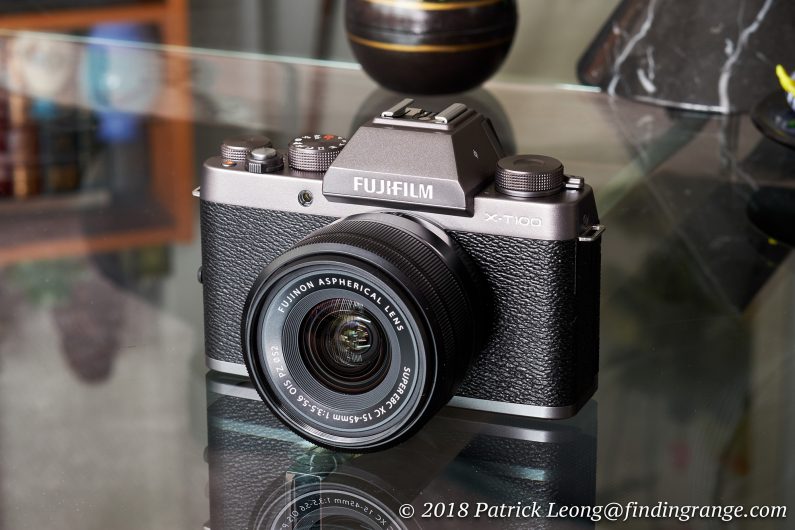
↑ The Fujifilm X-T100 with the XC 15-45mm f3.5-5.6 OIS PZ kit lens.
The X-T100 is also very compact as you can see. In fact, because of it’s size, it may be hard for some to get a good grip on it. It definitely felt a little awkward for me at first but luckily, it does come with a detachable grip. I love the fact that Fuji did not charge for this. The grip looks small, and not like something that would make much of a difference but on the contrary, I found it offered just the right amount of support for my hand. It also goes with the camera aesthetically (the grip portion looks similar to the X-E3’s), and it’s not so big that it kind of ruins the point of buying a compact camera in the first place. To attach it, you simply screw it to the side of the camera.
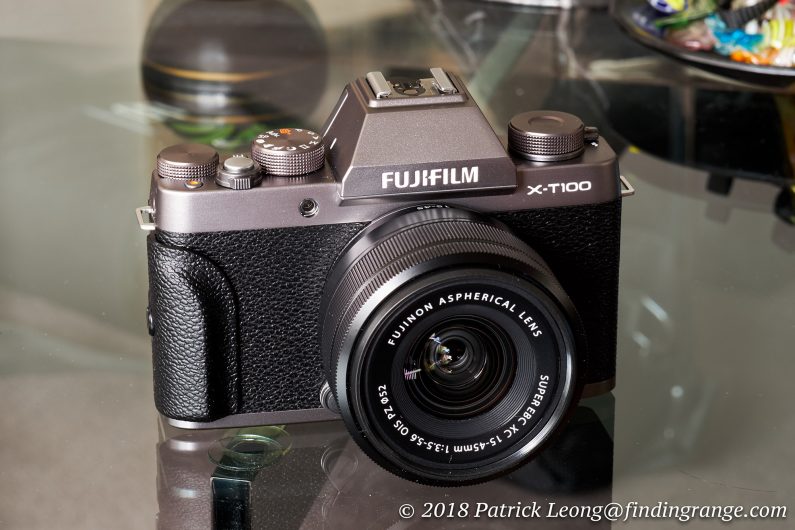
↑ The included detachable grip adds more support for the compact body.
Now, if I were in the market for an entry level Fuji X Series camera, one of the biggest reasons why I would pick the X-T100 over the X-A5 is because of the electronic viewfinder. If you ask me, if you want to get more serious with photography, I feel a viewfinder is essential. That’s just my opinion. It’s just easier to compose and frame a shot. It’s easier to see in bright sunlight versus an LCD display. Plus, since this is an electronic viewfinder, it’s a great way to review photos that you’ve taken, again, especially in bright lighting when it can be difficult to view the LCD display. The 2.36 million dot EVF on the Fuji X-T100 is pretty decent offering a bright and vivid display with 0.62x magnification. The EVF is also lag free in good lighting.
In addition to the EVF, the X-T100 comes with a three-way tilting LCD monitor with touch control. A tilting display definitely makes it easier to shoot in many different positions. The vertical tilt is great when you want to take pictures either low down or above. The horizontal tilt is useful for selfies.

↑ The X-T100 has a tilting display.

↑ The tilting display is also selfie capable.
Other features of the Fuji X-T100 are a pop up flash, Bluetooth, 4K video but only at 15P, and a decent battery life. The pop up flash seems to be well-engineered with a sturdiness I wasn’t expecting. I thin kit feels a bit more solid than the one on the X-E3, which is technically a higher end model. Thanks to Bluetooth, you can pair the X-T100 to smartphones or tablets to shoot and share images. All you need is the FUJIFILM Camera Remote app, which is free. As for the battery life, you can shoot up to 430 images on one charge.
Fujifilm X-T100 Mirrorless Camera Autofocus:
As for the autofocus, the X-T100 offers a 91 point phase detection system. You also have features like Face/Eye Detection, Single Point, Zone, and Wide/Tracking autofocus modes. The focusing system is not as complex as higher end models like the X-T2, for example, but remember that this camera is also targeting a different group of photographers that are either starting out or want something that isn’t necessarily as professional oriented.
So, how’s the autofocus? Well, it’s decent but it’s not necessarily the quickest around. It also won’t track as well as the higher end X Series models but than again, there’s a big price difference there. Occasionally, the focusing can hunt a bit. At night, it does have some issues locking on focus. Depending on what you’re shooting, there were times when it just did not want to lock on for me.
Fujifilm X-T100 Mirrorless Camera Image Quality:
Let’s talk about image quality. I feel this area is one of the X-T100’s real strengths. The Fuji X-T100 comes with a 24MP CMOS APS-C sensor but unlike its higher end siblings, it is not an X-Trans sensor. With that said, I don’t feel it’s the end of the world that this camera did not inherit an X-Trans sensor, and if it helps reduce the overall price of the camera all while also producing great images, then I am all for it. The images are very sharp, detailed, and there’s some great color rendering.

↑ This was taken with the XF 56mm f1.2 APD lens. The settings were f10 and 200 ISO.

↑ This was taken early in the morning with the Zeiss Touit 12mm set at f8. 200 ISO was used.
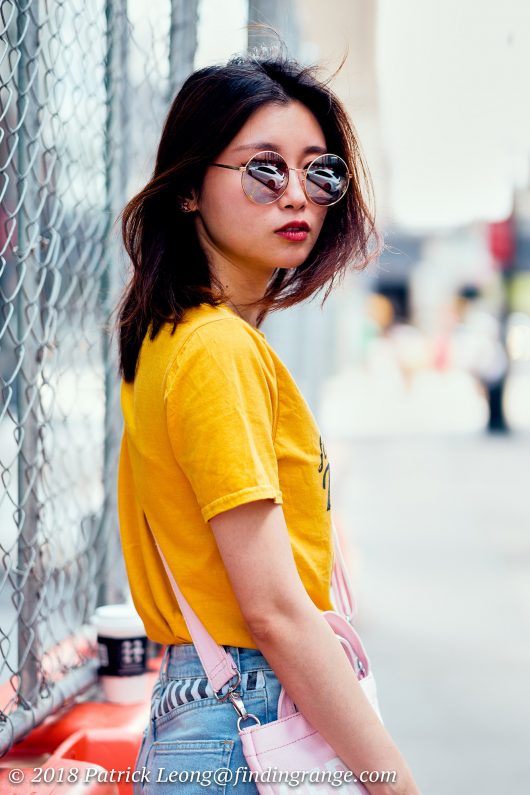
↑ I took this with the XF 56mm f1.2 APD lens at f1.2.
In addition to the sensors overall quality, the full line of X Series lenses are at your disposal. Fuji makes some of the nicest lenses in the APS-C world, and there are tons to choose from. There are even third party manufacturers that make lenses with the Fuji X Mount. A lot of the images in my review were taken with the Zeiss Touit 12mm f2.8, for example. If that’s not enough, there are lens adapters that you can get that will allow you to mount all types of lenses from many different manufacturers. Fuji even makes a Leica M mount adapter for those who want to use Leica M lenses.

↑ This was shot out of a car window. I used the XF 18-55mm f2.8-4 zoom. The settings were f4 and 1600 ISO.
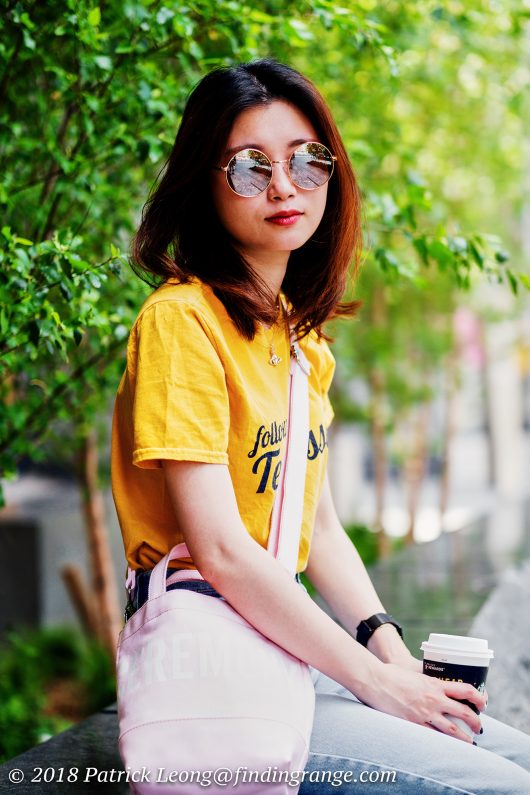
↑ Here’s another photo taken with the XF 56mm f1.2 APD. The settings were f1.2 at 200 ISO.

↑ This was taken with the XF 18-55mm f2.8-4. The settings were f9 and 200 ISO.
But if you’re just starting out, and you don’t want to invest too much money at first, the XC 15-45mm f3.5-5.6 OIS PZ Lens that comes with the Fuji X-T100 kit actually has pretty decent optics. It’s plastic, and it honestly doesn’t feel like much but you can get some great shots with it. It’s a lens I recommend for someone who is new to the X Series world because I think it is totally worth it for the money. The kit adds just $100 to the camera but you’re getting a range of focal lengths, and again, image quality is decent. I didn’t use it much with this review though because I used it quite a lot in my Fuji X-A5 review, so if you want to see some images from that lens, check out that review.

↑ Here’s one with the Zeiss Touit 12mm set at f8 with the camera set at 200 ISO.

↑ Here’s one more with the XF 56mm f1.2 APD but this time it was set at f11 with the camera set at 200 ISO.
Another great feature is that the X-T100 shoots pretty decent high ISO images. Noise levels are well-controlled even up to 6400 ISO. You’ll start seeing noise around 1600 ISO but it’s nothing out of the ordinary. As you increase the ISO, noise obviously increases as well but I would have no issues using this camera at 3200 ISO or even at 6400 ISO. While I don’t necessarily recommend taking your best shots at 12,800 ISO, this setting can produce usable shots depending on the exposure and your shooting situation. I think if you compare the the shots from the X-T100 to one of the X-Trans sensor equipped siblings, you’ll see more noise from the X-T100 files. However, you’re still getting some great high ISO shots out of the X-T100.

↑ The XF 18-55mm f2.8-4 was used here. This is an example taken at 3200 ISO.
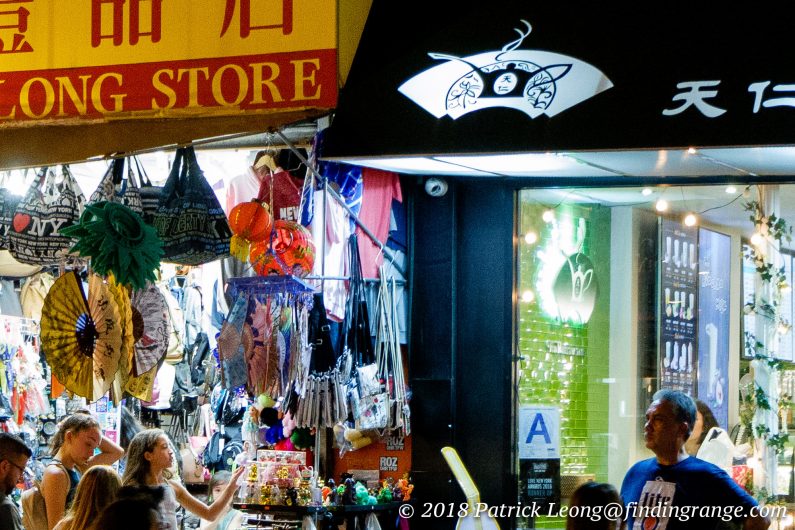
↑ Here’s a 100% crop of the photo above.
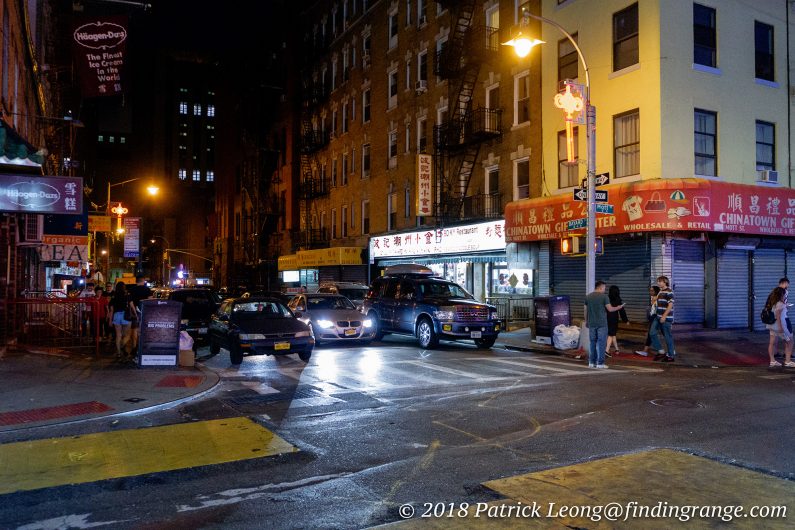
↑ This was taken with the XF 18-55mm with the camera set at 6400 ISO.
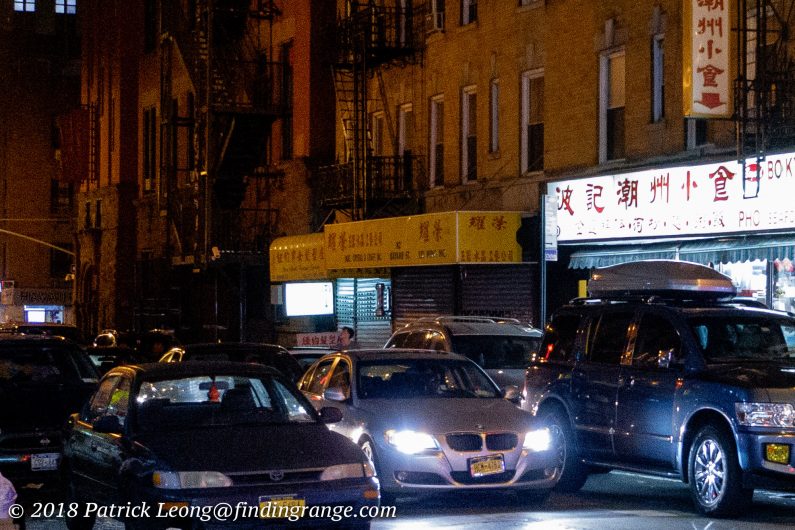
↑Here’s a 100% crop of the photo above.

↑ This was taken with the Zeiss Touit 12mm with the camera set at 12,800 ISO.
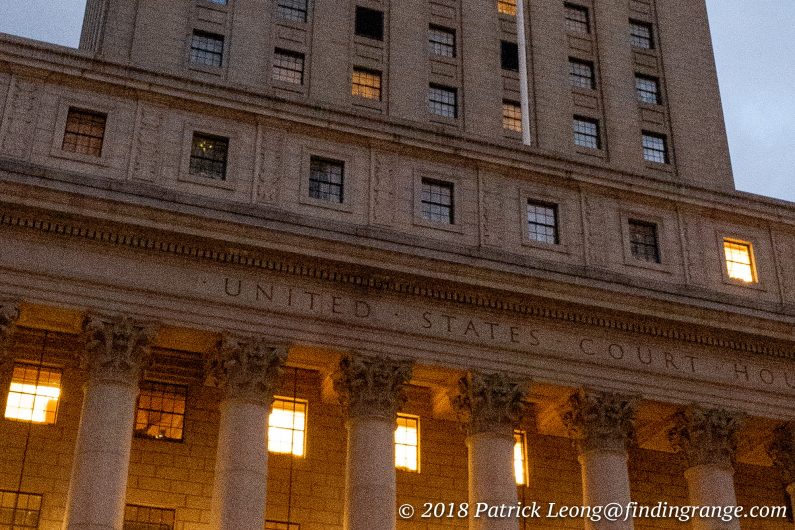
↑ Here’s a crop of the photo above.
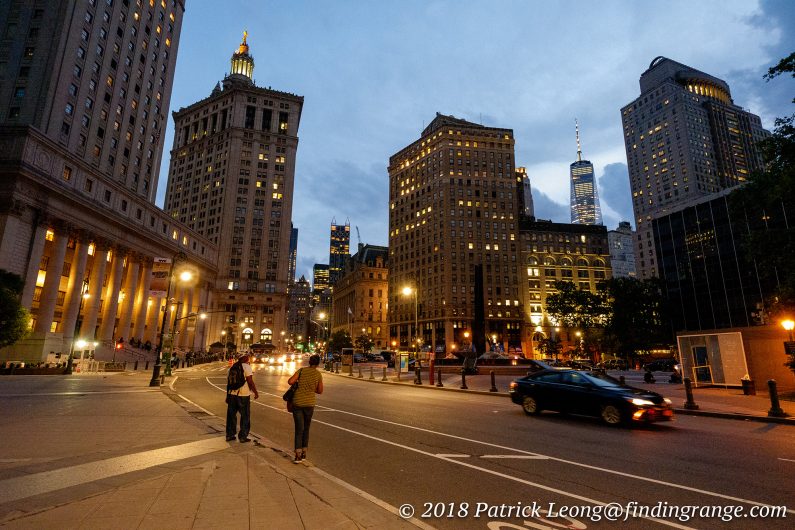
↑ Here’s another example taken with the Zeiss Touit 12mm at 12,800 ISO.

↑ This is a 100% crop of the photo above.
It’s also worth mentioning that the Fuji X-T100 does shoot RAW files, which is great; however, like the rest of the X Series cameras, it shoots some fantastic out of camera jpegs as well. I think this is especially important considering this is an entry level camera. If you’re starting out in photography, you might not want to dive right into RAW processing. Maybe you want to learn the basics first, and with the X-T100, you can learn the essentials very easily but you’ll still get some great images without the need of processing RAW files.
Fuji has what they call their Film Simulation modes, and their Advanced Filters. Film Simulation modes change the color tones while the Advanced Filters are great for that added artistic flair. There are a total of 11 Film Simulation modes, and 17 Advanced Filters, so there’s plenty to experiment with.
Film Simulation Modes of The Fujifilm X-T100 vs. The X-T2:
Below are straight out of the camera examples of the different Film Simulation modes. There were a few that wanted me to compare them to the my X-T2’s Film Simulation modes, so that’s what I did. The exposures from both cameras were pretty similar if not exactly the same for a lot of the shots. For those who don’t know, the X-T2 does have an X-Trans sensor, whereas I said before, the X-T100 does not. All the images were shot with the XF 56mm f1.2 R APD lens with the same aperture setting.
There’s just a few things to keep in mind though. I chose an area where I knew light wouldn’t change much. My ISO settings were the same. Both cameras were set on auto white balance. With all that said, I’m not in a laboratory, so nothing here is absolutely perfect.
Provia/Standard:
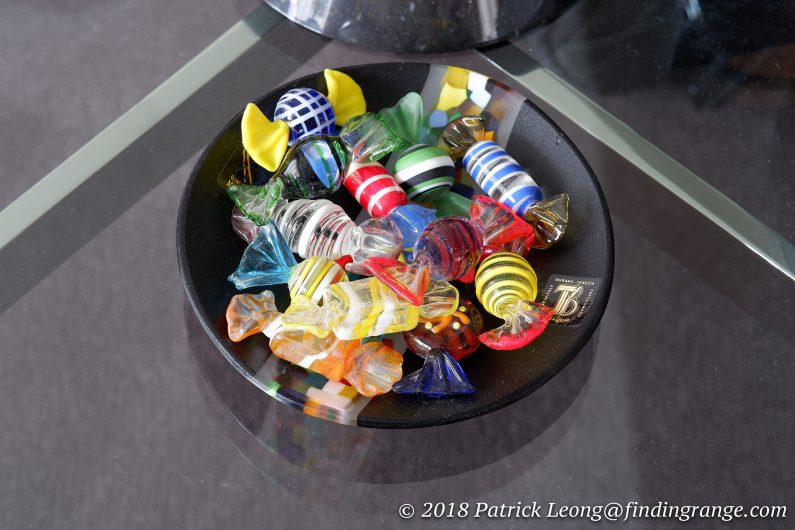
↑ Taken with the X-T100.
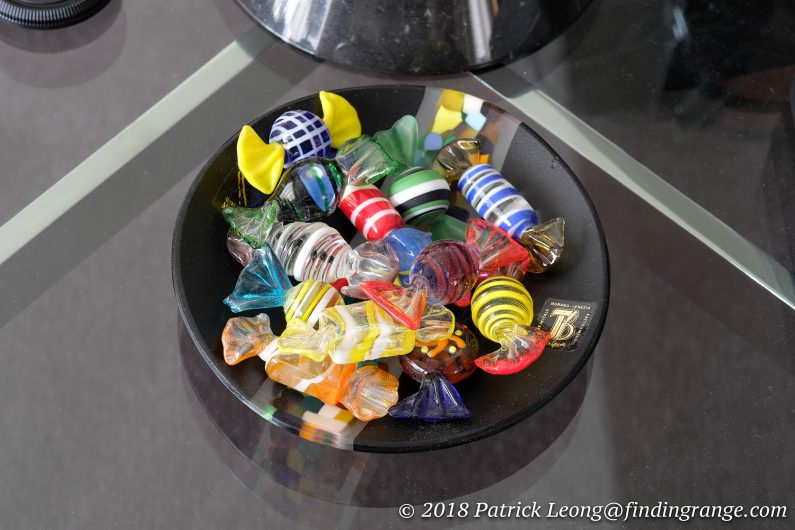
↑ Taken with the X-T2.
Velvia/Vivid:
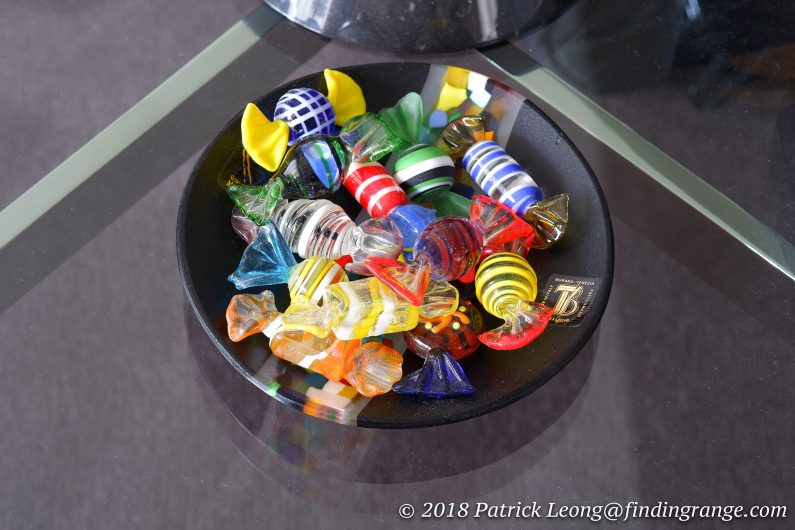
↑ Taken with the X-T100.
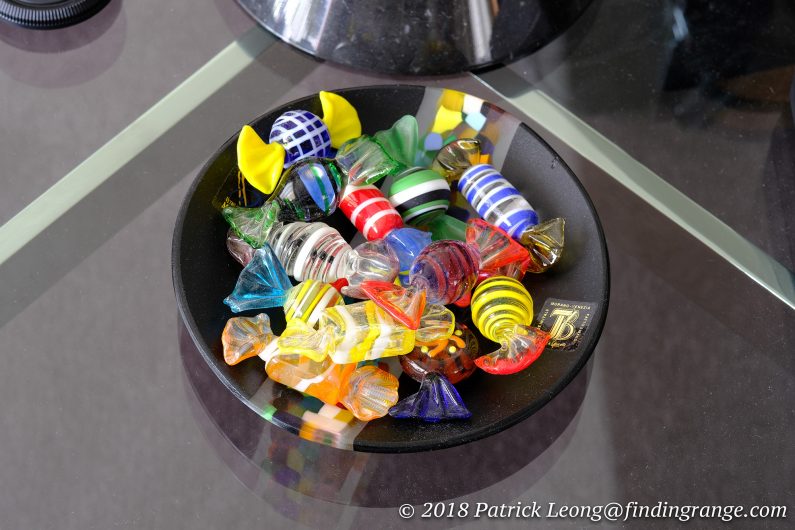
↑ Taken with the X-T2.
Astia/Soft:
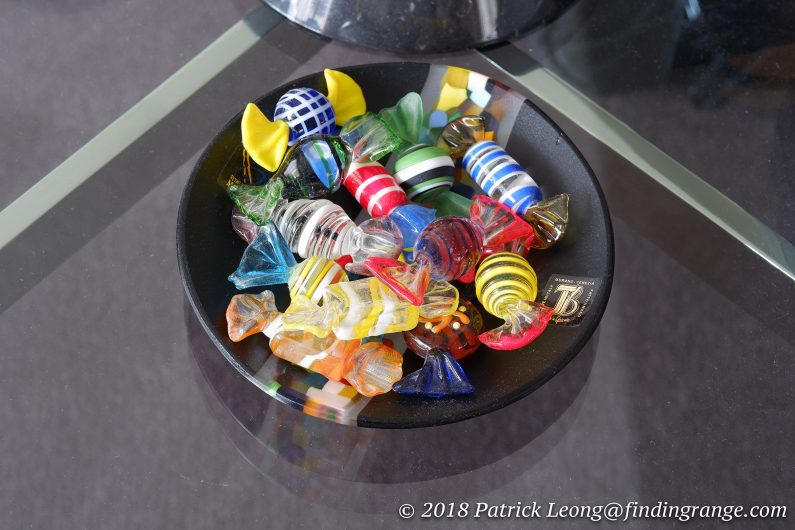
↑ Taken with the X-T100.
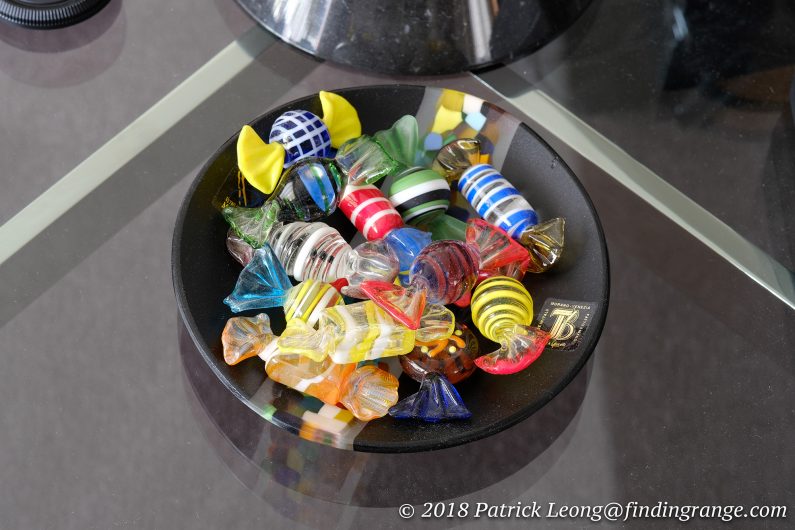
↑ Taken with the X-T2.
Classic Chrome:
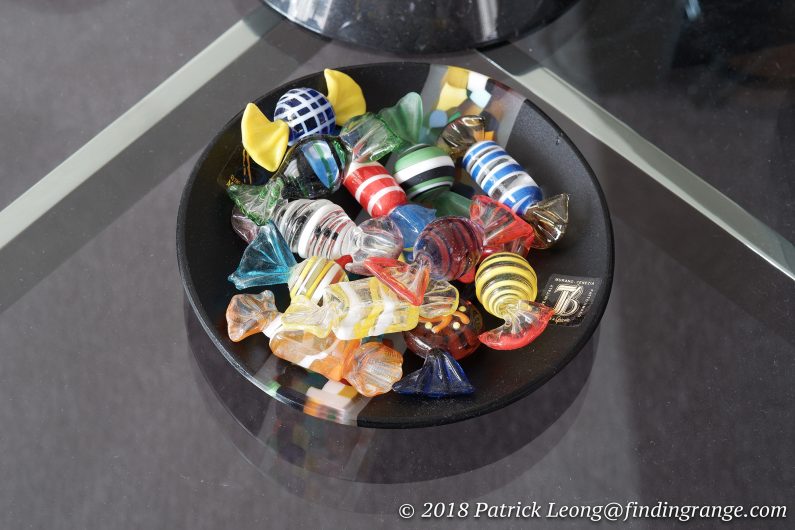
↑ Taken with the X-T100.
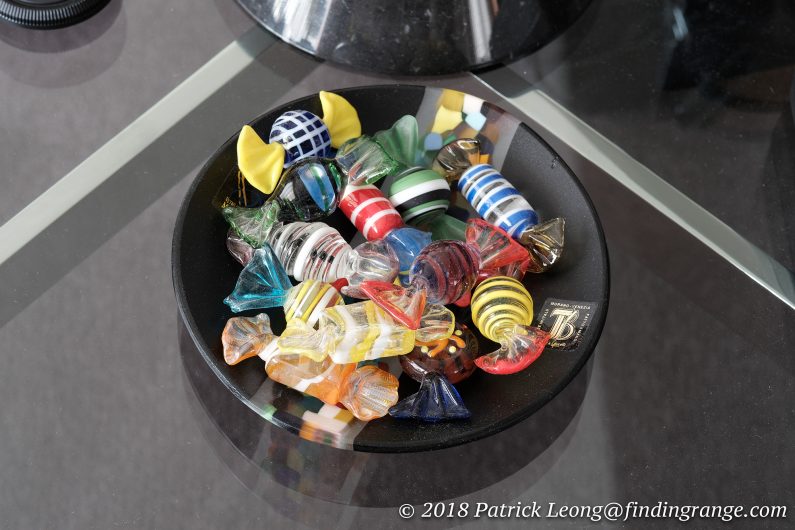
↑ Taken with the X-T2.
Pro Neg Hi:
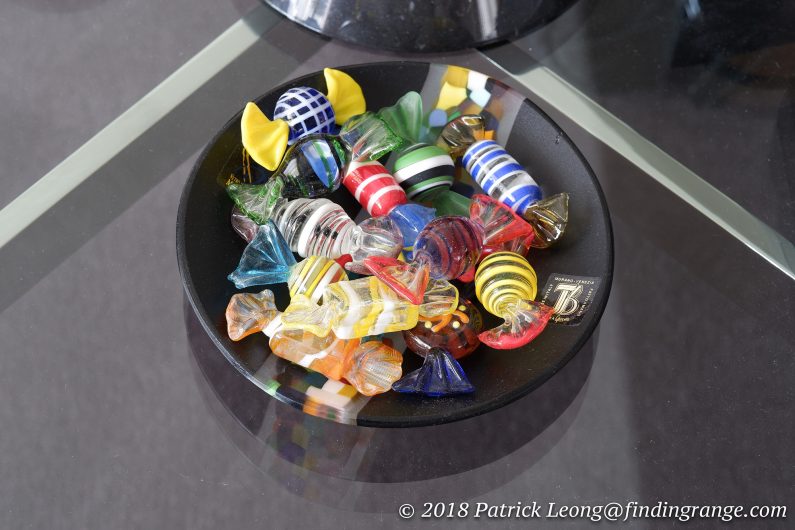
↑ Taken with the X-T100.
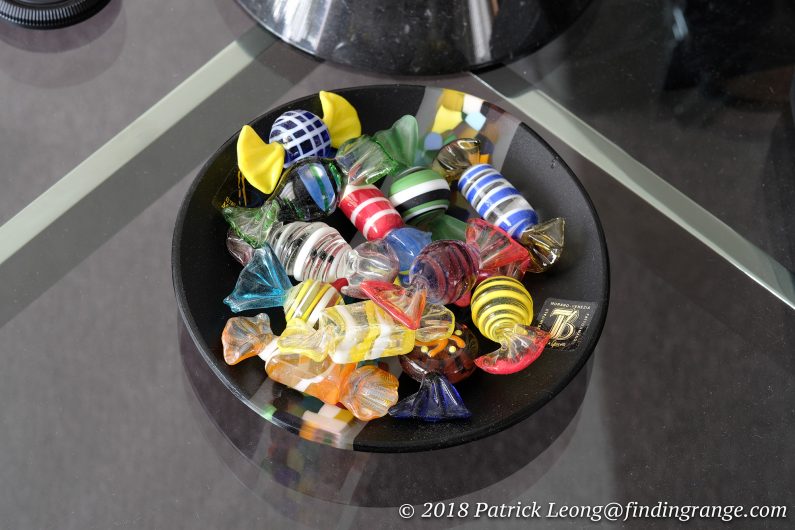
↑ Taken with the X-T2.
Pro Neg Std:
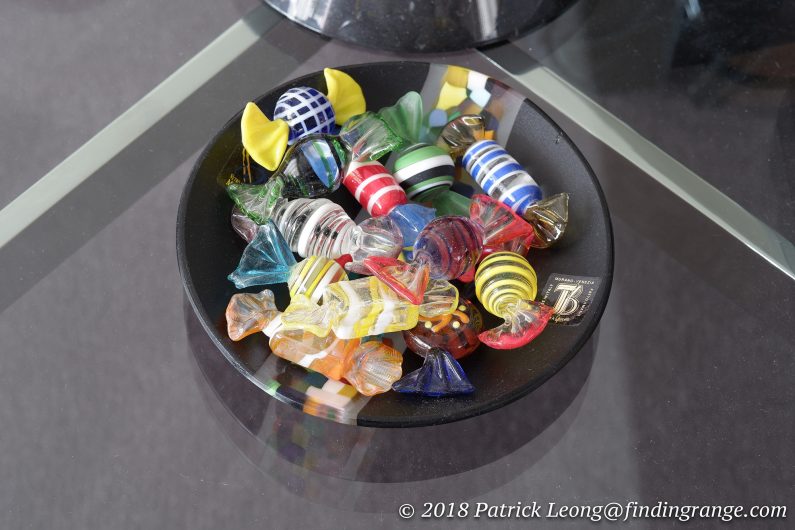
↑ Taken with the X-T100.
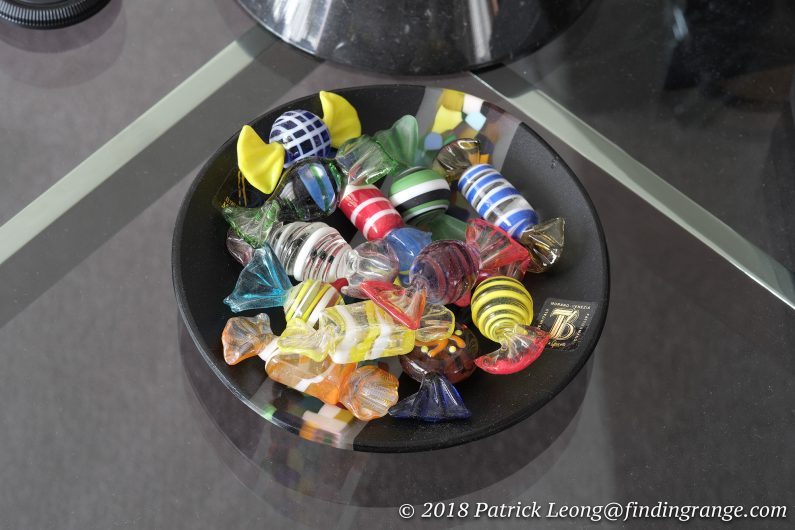
↑ Taken with the X-T2.
Monochrome Std:
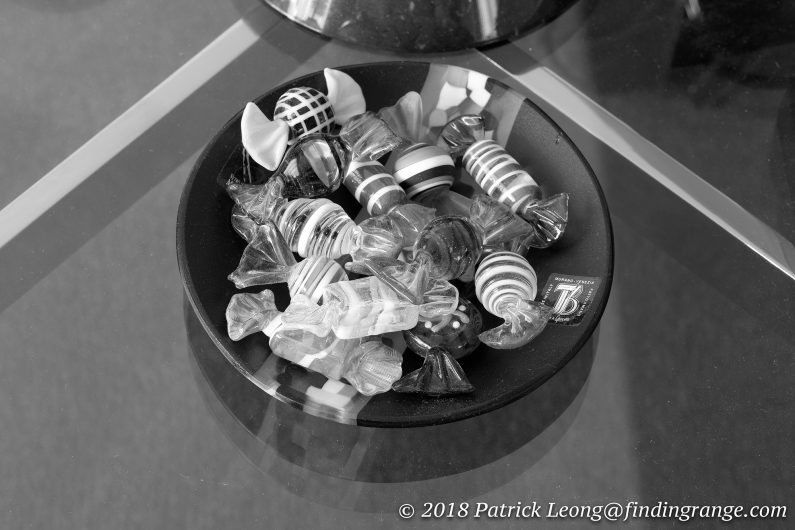
↑ Taken with the X-T100.
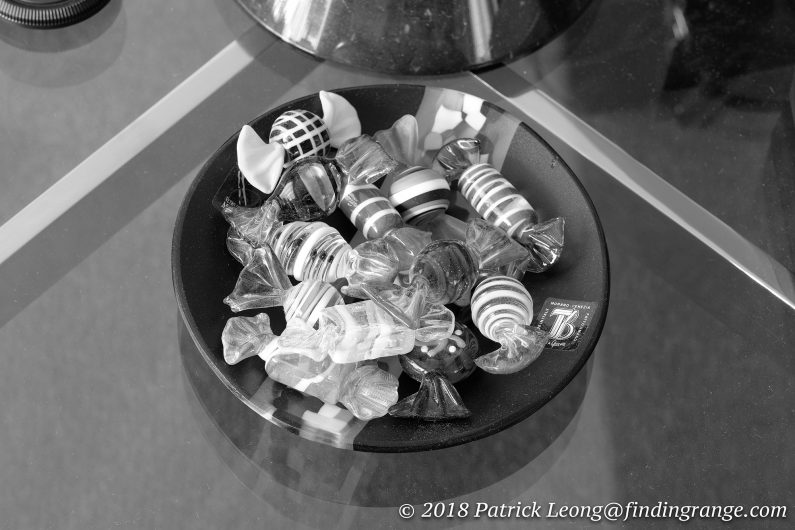
↑ Taken with the X-T2.
Monochrome Ye:
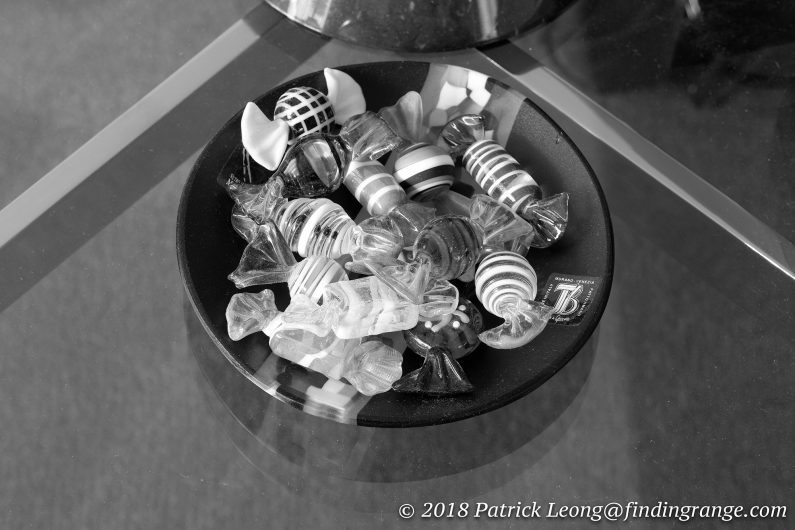
↑ Taken with the X-T100.
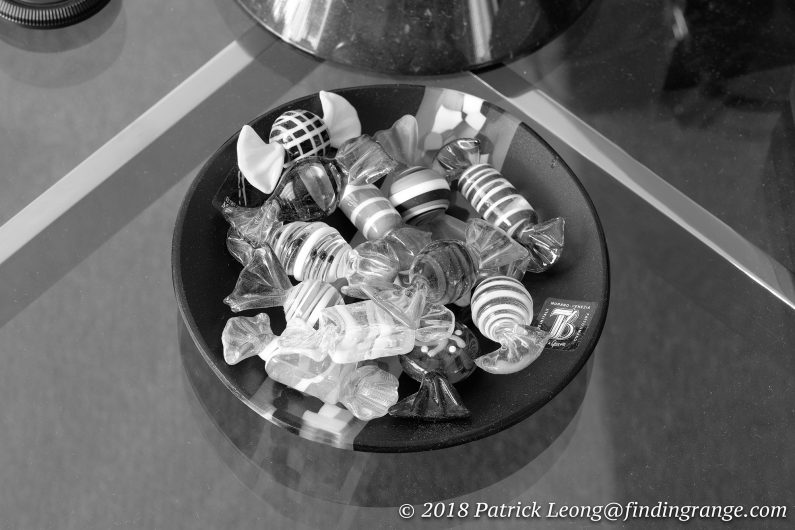
↑ Taken with the X-T2.
Monochrome R:
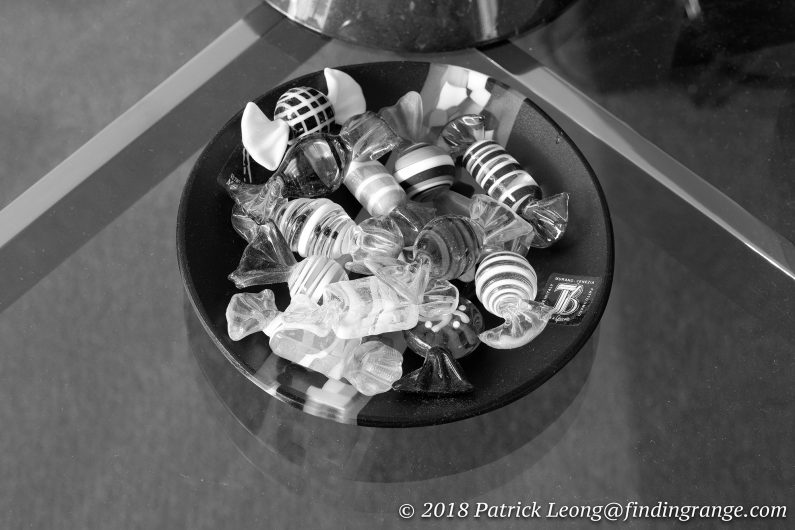
↑ Taken with the X-T100.
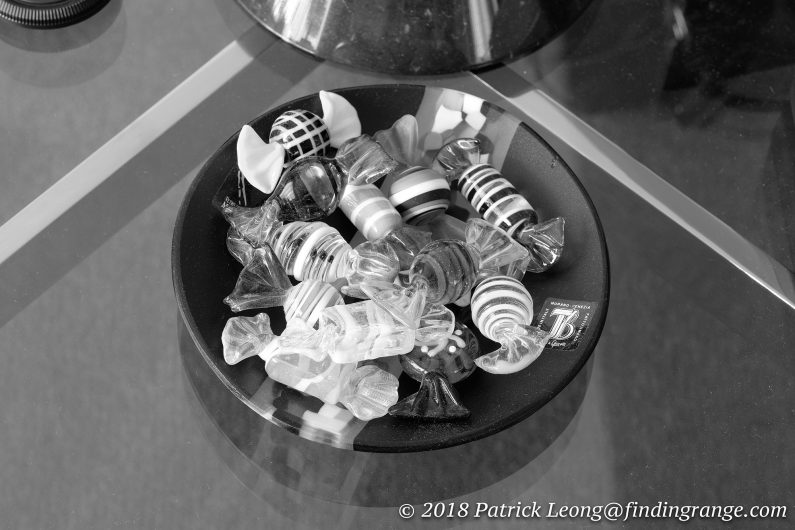
↑ Taken with the X-T2.
Monochrome G:
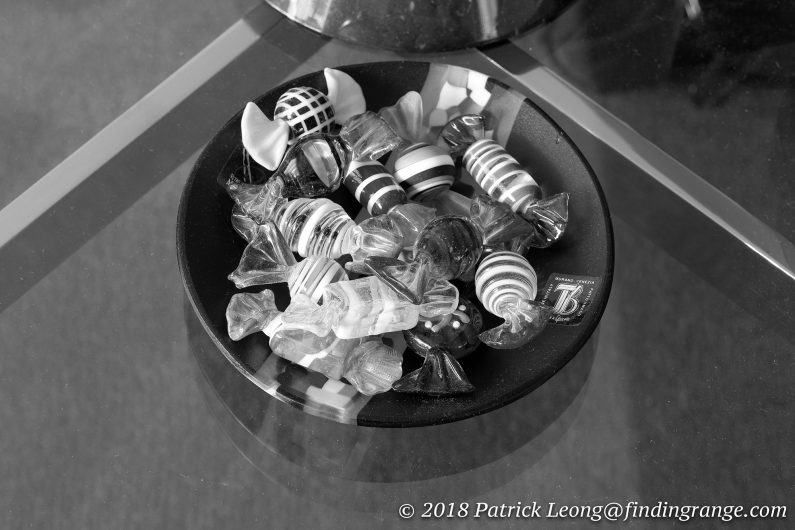
↑ Taken with the X-T100.
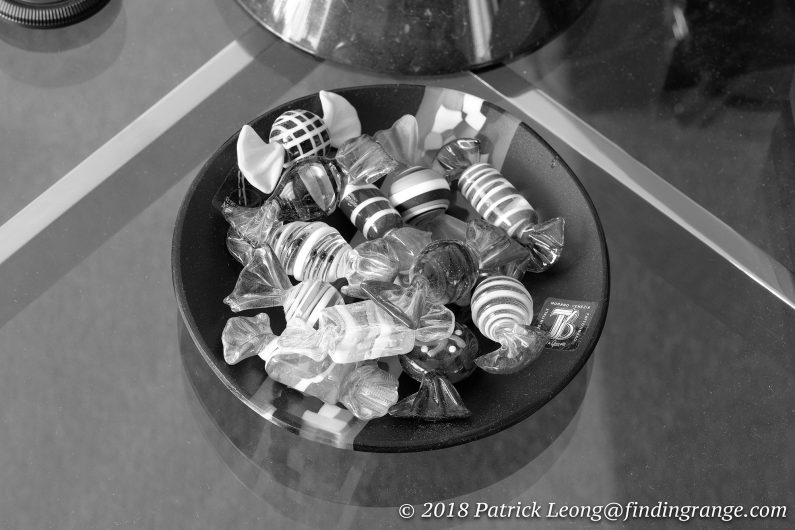
↑ Taken with the X-T2.
Fujifilm X-T100 Mirrorless Camera Pros And Cons:
Fujifilm X-T100 Mirrorless Camera Pros:
- Compact and light.
- Comes in three colors.
- Comes with a detachable grip.
- Decent EVF.
- Three way tilt display.
- Great image quality for the price.
- Access to the entire X Series line of lenses.
- Film Simulation modes and Advanced Filters produce great files, if you don’t want to process RAW files.
- While the kit lens does have a plastic feel to it, it does produce some decent files, and therefore, worth the slight increase in price when you buy the X-T100 as a kit.
Fujifilm X-T100 Mirrorless Camera Cons:
- Because of how compact it is, the X-T10 can be awkward to grip without the detachable grip for some.
- Autofocus isn’t the quickest around, especially when it gets darker.
Fujifilm X-T100 Mirrorless Camera Verdict:
The Fuji X-T100 has a lot of features that make it a great choice for those looking for an entry level mirrorless camera. It’s not perfect; the autofocus, for example, isn’t the quickest but has a total package, the X-T100 has a lot to offer for the price. It’s easy to carry around because of its light and compact nature. It’s well-made and easy to use yet at the same time, it won’t break the bank. It comes with a host of great features like a decent EVF, three way tilting touch display, and great image quality for the price. Best of all, the X-T100 is a camera a budding photographer can grow with over time. You can shoot this camera basically in auto mode, and as you get better, you can slowly gain more control of the functions. While the camera produces fantastic out of camera jpegs, it also has RAW capability. You also have plenty of great lenses to choose from when you feel like you’re ready to move beyond the kit zoom.

↑ The Fuji X-T100 with the XC 15-45mm f3.5-5.6 OIS PZ Lens.
Compared to the X-A5, I feel the X-T100 is the better choice. It’s $100 more but the viewfinder alone makes it well worth it in my opinion. Plus, the X-T100 is made better.
So, if you’re looking for an entry level mirrorless camera that is easy to use, produces some great files, and won’t break the bank, the X-T100 is definitely something that you should consider.
Thanks for taking the time to read my review! If you’re considering purchasing the X-T100, and my review helped you decide, please help support this site by purchasing from any of the links in this review. It will not cost you anything extra. Thank you for your support!
Fuji X-T100 with the XC 15-45mm Kit at B&H Photo in:
Black or Champagne Gold or Dark Silver
Fuji X-T100 Body at B&H Photo in:
Black or Champagne Gold or Dark Silver

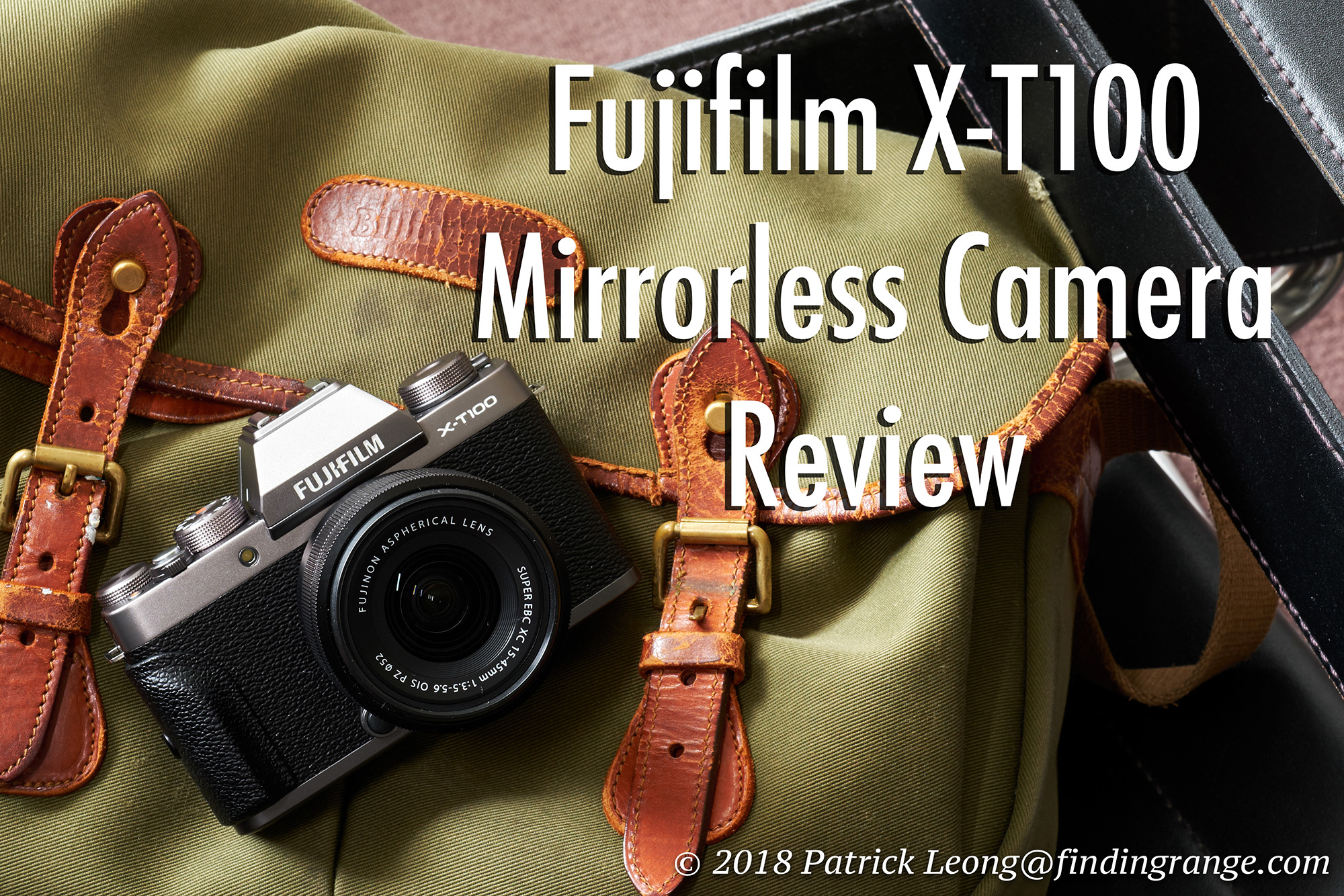
Great review Patrick! I’m sharing this to a friend who wants to buy an entry level camera for her son. And the budget is spot on from your link.
Dane
Thanks Dane! Appreciate you sharing my article! If your friend has any questions, let me know, and I’ll try my best to answer them! Thanks for stopping by!
Best,
Patrick
I currently have an x100f which I use every day as a travel camera. I’m retired and traveling Asia forever. The x100f has been great for me to learn on. I bought it used about two years ago and have been thinking of either the xt2 or something else. I’m still learning. I can get the xt2 here in Vietnam at a local camera shop but let me ask. Would you replace an x100f with this? Learning on thex100f has been very rewarding. I only take photographs for me and a few friends I share with. Is the xf100 something I should consider?
Hi Mike,
Traveling around Asia forever sounds amazing :). In your position, I think I would go for the X-T2. The X-T2 is just going to feel more like your X100f. There’s just more in common between the X-T2 and the X100f (same sensor, pro level, similar top dials, the X-T2’s electronics are generally going to feel just as fast if not faster in some ways, etc.). The X-T2’s autofocus is also a lot quicker than the X-T100’s. It also won’t really have any issues in low lighting where as the X-T100 will, at least from my experience. Lastly, the X-T2 is weather sealed. I’ve taken my X-T2 out in big rain storms before, and I’ve never had any issues.
If you’re looking for another option, maybe consider the X-T20 as well. It is not weather sealed but it’s very compact…it’s close to or about the same size as the X-T100. I reviewed that as well.
https://findingrange.com/2017/04/25/fujifilm-x-t20-mirrorless-camera-review/
I hope this helps! Let me know if you have any other questions,
Best,
Patrick
That was impressive. Nice article to enlighten new photographers. I’m glad and decided to get one today. Thanks!
Hi Junryhle!
Apologies for the very late reply! Thanks so much for your kind words, and for taking the time to read my review! I hope you are enjoying your camera!
Best,
Patrick